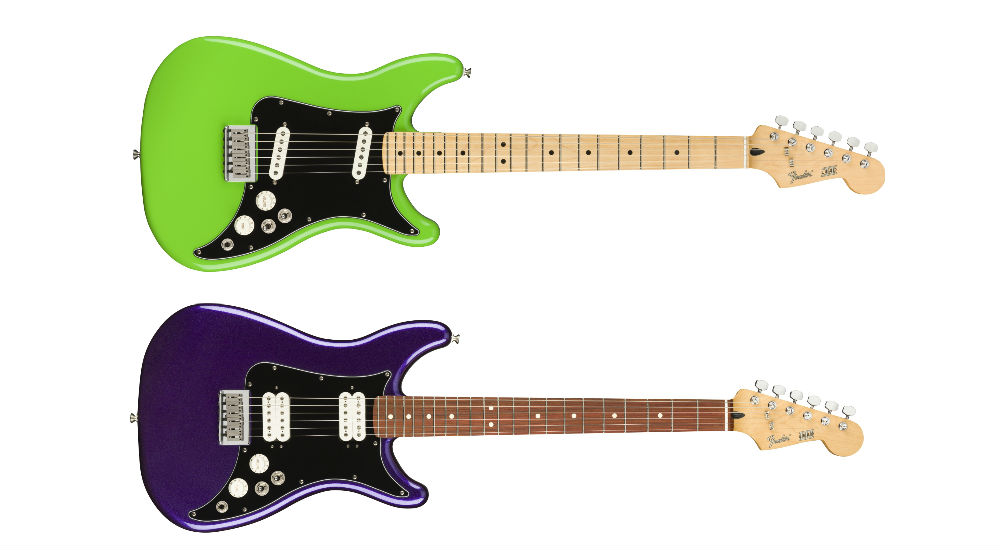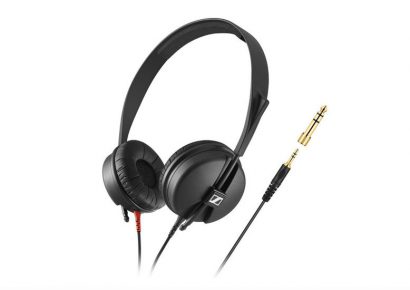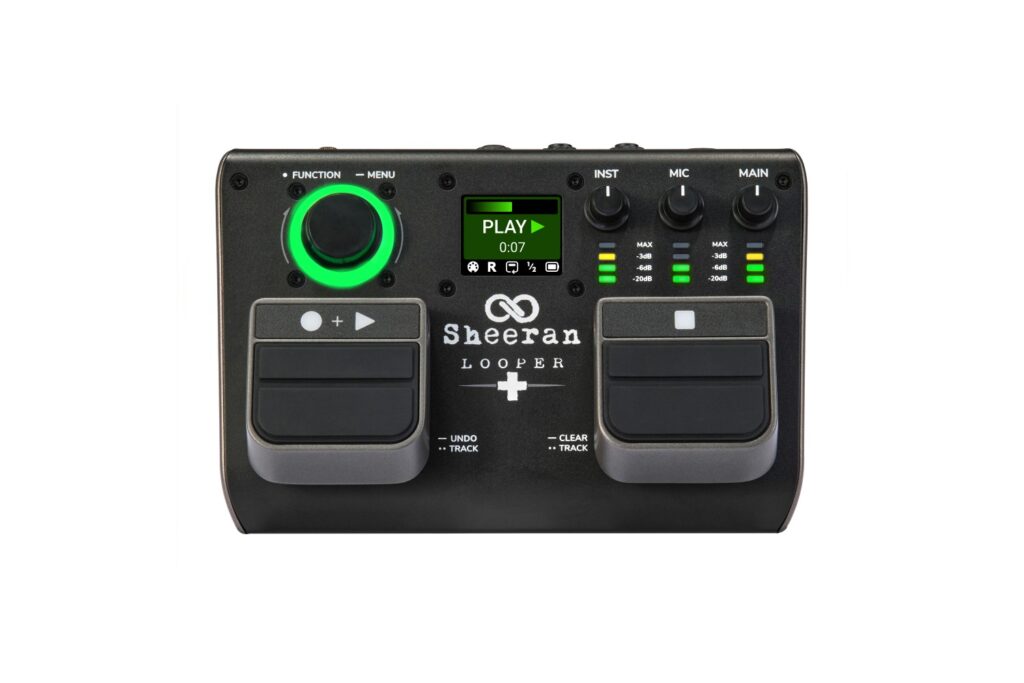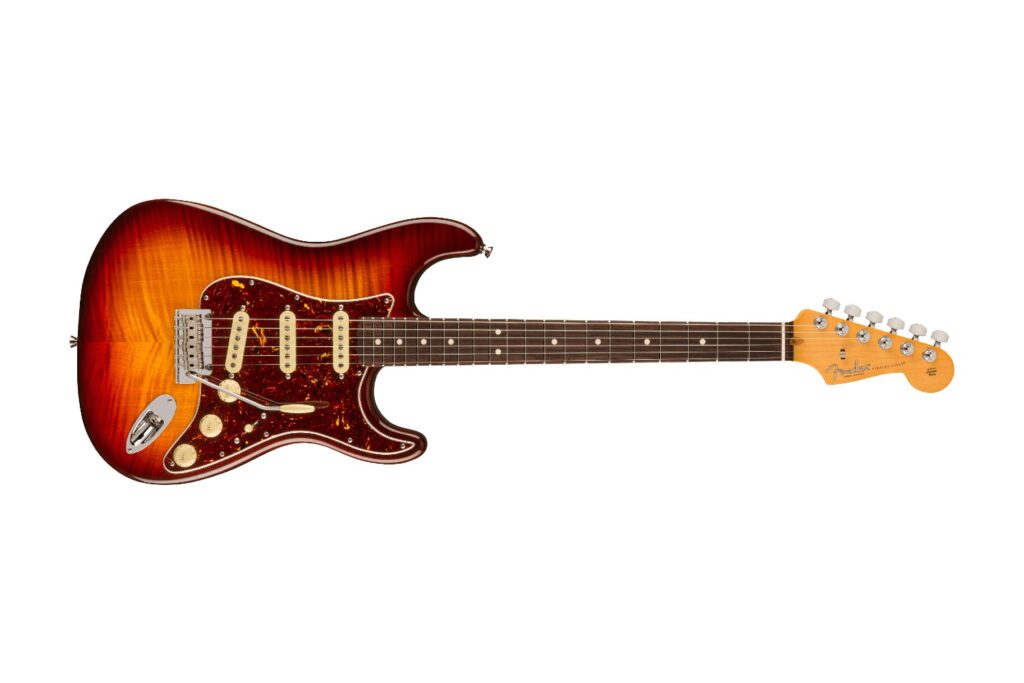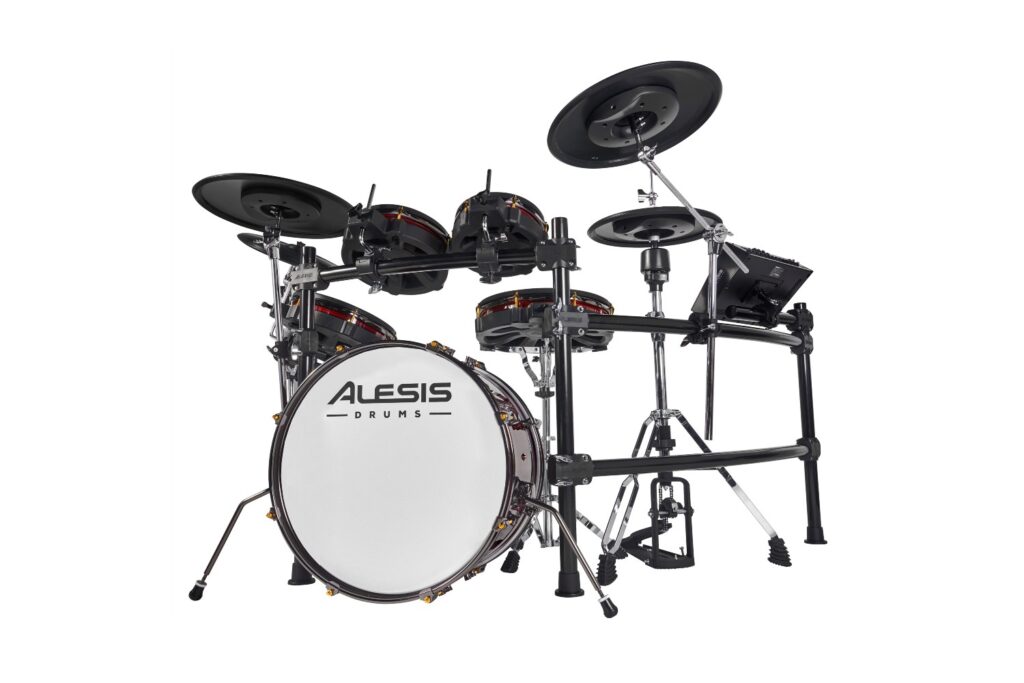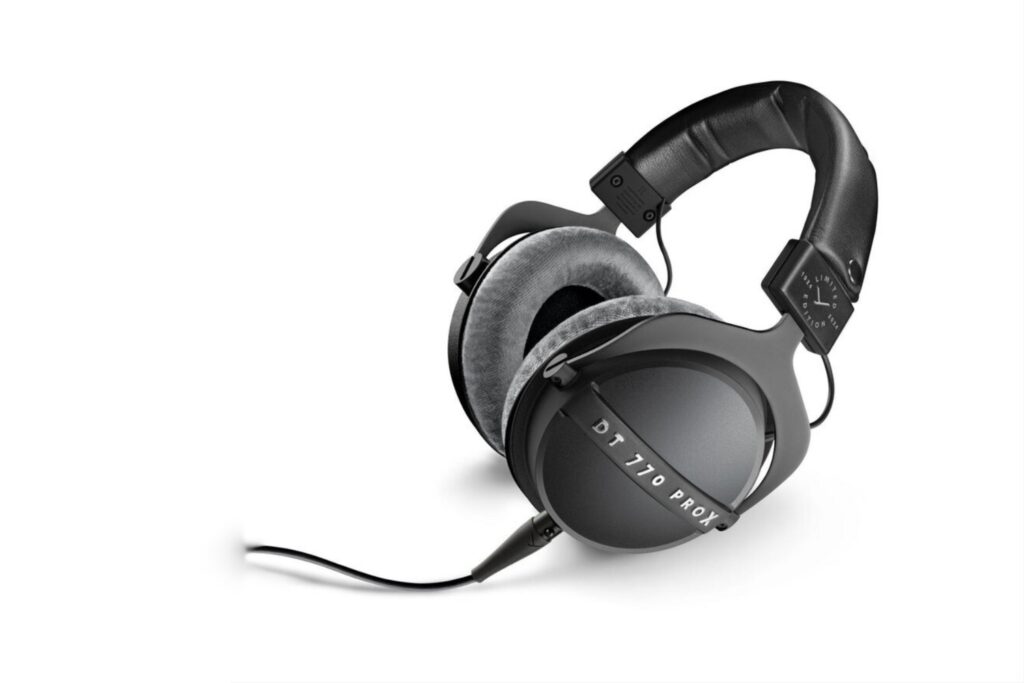Fender Music Australia | fender.com.au | RRP: $1,119
Take a look back into Fender’s annals and you’ll eventually find an esoteric collection of guitars entitled the Lead Series. These guitars aesthetically sat somewhere between a Fender Telecaster and a Stratocaster and were primarily created to rival the lower prices and rising build quality of guitars hailing from Japan and Korea.
Despite being seen in the hands of prominent artists like St. Vincent, David Byrne and Eric Clapton, these axes never achieved mainstream popularity in their teething years. The guitars were only in production between 1979 and 1982, and were eventually replaced by the venerable Squier JV collection from Fender Japan.
The Lead Series consisted of three models – austerely named the Lead I, II, and III (four, if you count the prototype Lead Bass, which never made it to mass production). The first model sported a single ceramic-magnet bridge humbucker bound in a quirky, oversized casing, which was much larger than most conventional humbucking pickups at the time. Mark II sported a pair of single coils, while the third bore a pair of the same rectangular humbuckers.
Fender have often resurrected older models from the past, but surely no one could have expected the second coming of the Lead series. Fresh from NAMM 2020 are modern iterations of the Lead II and III models, although without the inclusion of the Lead I – because the more pickups, the better, right?
The pair that arrived at Mixdown HQ consisted of a Neon Green Lead II (affectionately dubbed “Slime” by staff), and a Purple Metallic Lead III. The axes share the same build quality and parts and differ only in fretboard options, electronics, and wiring.
While their bodies feature double cuts similar to a Strat, their horns are carved in a more symmetrical and evenly-levelled fashion reminiscent of a Tele. Their body shapes are of a lesser volume than a traditional Stratocaster but still retain their comfortable belly cut-outs, which make these guitars absolutely perfect for players of a smaller stature.
It’s worth noting that these guitars aren’t a completely faithful reissue – Fender have since incorporated them into their existing Player Series range. As such, the guitars rehash almost all of the materials, components, and electronics of its new family. Both axes are of the hardtail variety, constructed from an alder body and finished with a glossy polyester coat.
They bear a 25.5” scale length with an all-maple neck and board for the Lead II, and a maple neck and Pau Ferro fingerboard combo for the Lead III. For neck profiles, it’s pretty standard fare here – a standard 9.5” fretboard radius paired with Fender’s modern ‘C’ shaped neck and 22 medium-jumbo frets.
The onboard controls consist of a single volume and tone knob, coupled with a pair of peculiar chrome toggle switches that wouldn’t seem out of place on a vintage Hagstrom or Harmony guitar.
The first switch acts as a three-way pickup selector, while the second one functions slightly differently per model – a unique phase-reverse mode on the II, while the III features a more conventional coil-splitting option for its dual humbuckers.
Straight out of the box, both guitars were of decent playability. Fender’s modern ‘C’ neck profile is instantly recognisable with its medium-rounded shoulders and remains a competent middle ground for players with all different hand shapes and sizes.
While the fingerboard edges might not be as well-rolled as some of Fender’s more recent and extravagant offerings, it didn’t take long to get acquainted with these axes. The ‘70s style F-stamped tuners held their ground fairly well, and the satin-finished necks were an absolute walk in the park to traverse. There were no glaring issues here; another great showing from their quality control department.
Now: let’s talk sound. The Lead II model comes equipped with Alnico 5 neck and bridge single coils from the Player Series Stratocaster, and the tones produced are fairly similar. The neck pickup is pure sonic butter with its glassy chime and slightly scooped midrange, and sounds absolutely fantastic both clean and overdriven.
The middle position delivers a slight quack and sneakily hides a wealth of usable tones. With the tone control wide open, you’ve got access to great rhythm tones for funk, blues, and everything in between. Dial it back, and now you’re stepping into the murky depths of neo-soul and jazz. Flicking the second toggle switch enables an interesting phase-reverse mode, which sonically behaves like a Strat’s second pickup position.
This works wonders for blending guitar parts into a frequency-heavy mix, or if you’d simply like more quack and pop into your funk scratches. The bridge single coil is about what you’d expect from a Strat – a sharper, more defined top end but without being too shrill or piercing. Add some gain into your signal chain, and this pickup absolutely screams.
The Lead III does away with the oversized pickup housing and utilises a more conventional pair of Alnico 2 Player Series humbuckers for its sonic arsenal. According to Fender, these are slightly overwound to provide some extra punch and pizzazz to your sound.
In a nutshell, these pickups are excellent. The neck humbucker is warm and all-encompassing, while the bridge pickup is incredibly well-balanced and sparkles in the mid to high frequencies. Coil-splitting via the second toggle switch is interesting – it’s a three-way switch, allowing you to pick which humbucker to split via the up and down positions, with no splitting in the middle position.
This allows you to bring a handful of different tones to the stage; for example, a gentler rhythm tone supplied by a split-coiled neck pickup, and a fiery solo voice churned out by the hot humbucker in the bridge.
Overall, the Lead Series models are pretty fantastic, and they’re a nifty choice for an entry-level guitar. You’re getting great bang for your buck here – good build quality, excellent pickups, and even some tonal customisation from the secondary toggle switch.
And last but not least, they bear a different silhouette from Fender’s most famously copied body shapes, letting you stand out without even playing a note.
